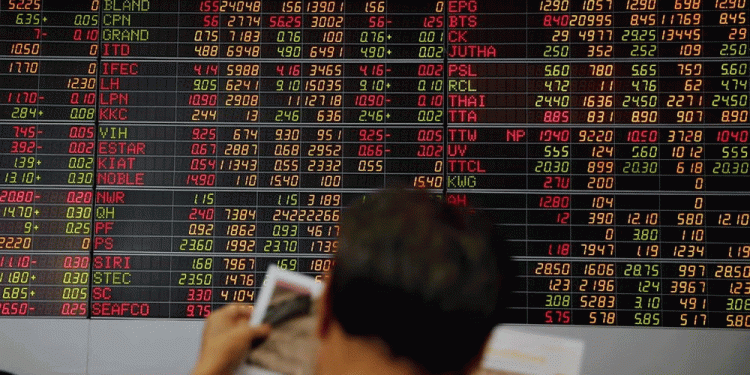By Minggu Simon Lhasa
BANGKOK, Oct 8 (Bernama) — If the price of rubber continues to remain sluggish, there is a possibility that the commodity could be used to make rubberised roads, besides its traditional use for tyre manufacture.
“It is very interesting. Thailand have done some trials. In Malaysia, there is a lot of potential to use this,” said Plantation Industries and Commodities Minister Datuk Amar Douglas Uggah Embas.
He said the Malaysian Rubber Board would be directed to work together with the Thai Ministry of Agriculture and Cooperative on how this potential could be explored further.
Uggah, who was briefed about the potential at the Thai Rubber Research Institute during his three-day visit to Bangkok which ended on Oct 7, said Malaysia could build rubberised roads in the country next year.
“It is in the right direction to diversify the use of rubber in as many products as possible,” he said after meeting Thai Minister of Agriculture and Cooperatives, Petipong Puengbun Na Ayudhya.
“One issue that we agreed on is that countries should find ways to further research on any additional use for natural rubber.
“And, one of the ways is to use natural rubber for road construction,” he said, adding that rubberised roads were equally good if not better than asphalt roads. It utilises 3.3 tonnes of natural rubber for the construction of every kilometre of road.
He said among the immediate steps taken by Malaysia to support the rubber industry was to increase replanting and to replace some 50,000 hectares of rubber trees that were older than 20 years.
Stressing the importance of supporting the industry, he said in many producing countries, a large number of those involved in the sector were smallholders.
In Malaysia, there were currently about 400,000 smallholders.
International Rubber Study Group statistics, as of last year, revealed that Malaysia had about 1.057 million hectares planted with rubber trees out of which stallholders accounted for 979,860 hectares.
In 2013, Malaysia produced 753,472 tonnes of dry rubber against the previous year’s output of 846,813 tonnes.
Latex production also dipped to 72,949 tonnes last year versus 75,985 tonnes in 2012.
Malaysia consumed 56,210 tonnes of dry rubber and 377,981 tonnes of latex last year, down from 75,828 tonnes of dry rubber and 365,571 tonnes of latex consumed in 2012.
Globally, the production of natural rubber increased to 12.036 million tonnes in 2013 against 11.603 million tonnes recorded in 2012.
Consumption only increased marginally to 11.322 million tonnes from 11.027 million tonnes used previously.
The forthcoming Association of Natural Rubber Producing Countries meeting next week and talks of steps to boost prices are likely to provide support to prices in the near-term.
However, market observers say that this must be followed-up by action.
The market is currently experiencing weak demand due to surplus supply and additional pressure was being exerted by China which was embarking on its own rubber production in Hainan and Yunnan.
–BERNAMA




























